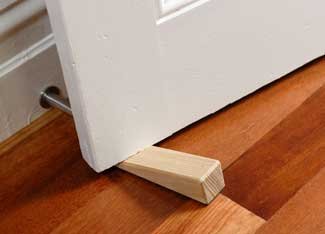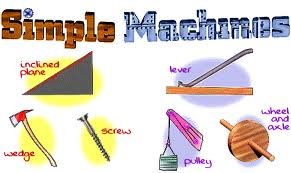As promised in my previous post about gears, I am continuing with the interesting subject of technology for students. This time, another very interesting theme about Machines and energy.
All machines need energy to work. This energy can come from muscles, engines, batteries or power stations. Look at these three pictures of the mechanism of a tap. What is the correct order of the three drawings for opening the tap?
A tap being opened
This picture shows the closed tap and the mechanism inside it. In picture 2, the hand turns the handle of the tap to open the valve (input force), and in picture 1, the water is able to flow because the valve is open (output process).

A bicycle moves as a result of muscle action
We cannot see the mechanisms in most modern machines, but there is a mechanism inside any device, and this mechanism creates the movement. The mechanism makes a job easier by controlling movement and force. It can change the direction in which the force acts and can turn one kind of force into another kind of force.
The inclined plane

When the pyramids were under construction, an inclined plane was used to pull a load up the slope
It is far easier to push or pull a load up a slope than to lift it straight up. If you want to reduce the effort required to lift something, then you have to increase the distance over which the effort is made.
The ancient Egyptians used inclined planes (ramps) to help them lift the huge blocks of stone for building the pyramids. The slope was probably very gradual so that the distance over which the block was lifted was as long as possible.
The wedge
If you want to split a log of wood, the easiest way is to hammer a V-shaped piece of metal into the log and then it will split. That V-shaped object is a wedge. The point of the wedge goes into the wood. As you apply more and more force, the wedge is forced further into the wood and the gap becomes wider until the wood splits.

If you want to keep a door open, you can use a V-shaped wedge under it
Wheels and axles
The wheel was probably first invented about 6000 years ago. The first wheel was probably a slice of tree trunk that turned on a pole or axle attached to a cart. The next step forward was to make a wheel that was fixed to the axel so that the axle turned too. The outer rim of the wheel moves around a long distance with very little effort of force. Near the centre of the wheel the axle moves around a much shorter distance. So the shorter distance that the axle turns produces a much greater force.

Image source
- Wheels allow heavy objects to be moved easily.
- Wheels can be solid, spoked of inflated.
An axle is a central shaft for a rotating wheel or gear. On wheeled vehicles, the axle may be fixed to the wheels, rotating with them, or with the wheels rotating around the axle.
Activity:
Discuss these questions with your students:
- Name three ways in which the wheel has affected your life.
- What is similar about all wheels?
- How are wheels fixed to vehicles?
Bibliography & Extra reading:
Watch out for my next post about Levers and linkages!


Good idea. I like it friend. Keep it up. I follow you and votes.
Downvoting a post can decrease pending rewards and make it less visible. Common reasons:
Submit
This is things we use in our daily live and not even noticing it - Thank you for sharing
Downvoting a post can decrease pending rewards and make it less visible. Common reasons:
Submit
It's amazing how energy powers everything from simple tools to complex machinery, driving progress in so many industries. I’ve always been intrigued by the way innovative Engineering solutions for manufacturing optimize energy use while boosting efficiency. For example, seeing how factories implement advanced robotics and renewable energy sources to streamline production is inspiring. These advancements not only improve productivity but also contribute to sustainability, which is so crucial today. Exploring the mechanics behind these systems makes me appreciate the creativity and hard work engineers put into solving real-world problems!
Downvoting a post can decrease pending rewards and make it less visible. Common reasons:
Submit